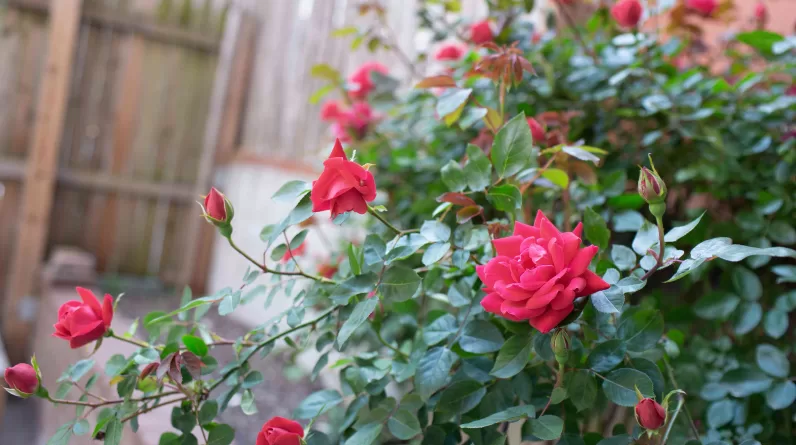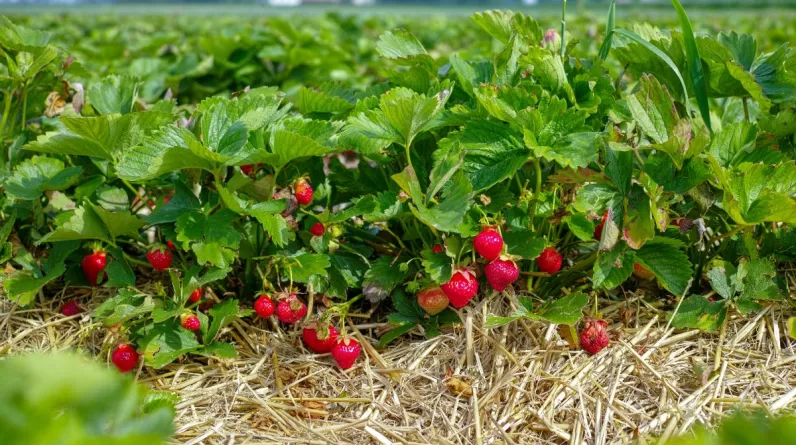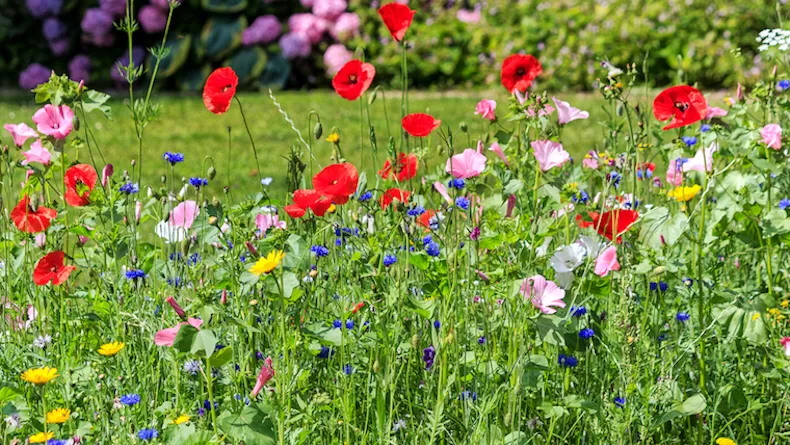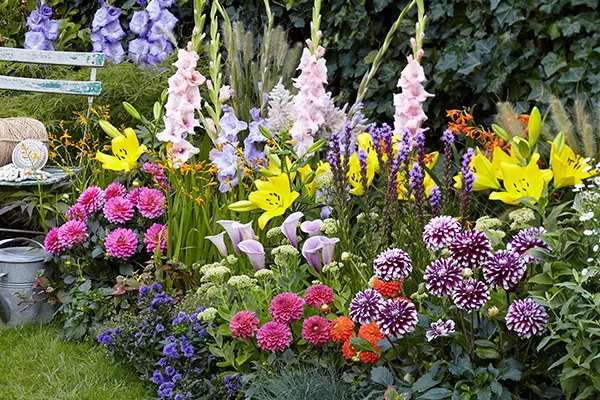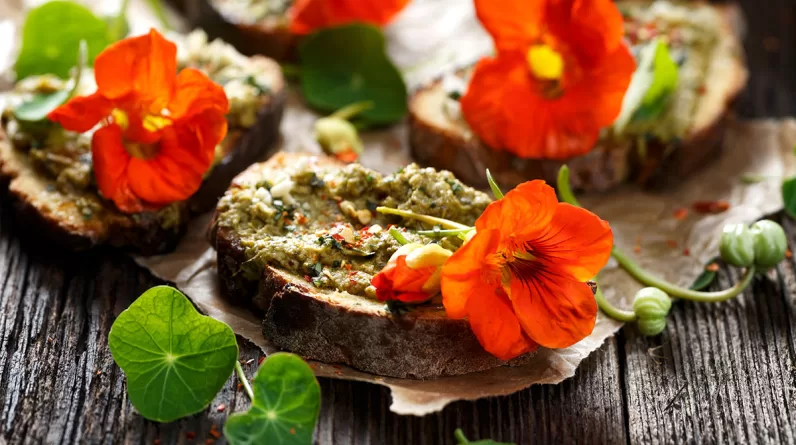Test and Amend Your Soil
To get your flower garden off to a strong start, you need to test and amend your soil. Healthy soil means healthy plants and beautiful blooms.
Check the soil pH
The soil pH level indicates how acidic or alkaline your soil is. Most flowers prefer slightly acidic soil with a pH between 6 and 7. You can buy an inexpensive pH tester or soil testing kit to determine your soil’s pH. If it’s not in the ideal range, you may need to add lime to raise the pH or sulfur to lower it.
Add organic matter
Mixing in compost, peat moss, or rotted manure will provide nutrients for your flowers and help improve soil structure. Aim for 2 to 3 inches of organic matter for every 100 square feet of garden space.
Ensure good drainage
While most flowers need moist soil, they don’t like wet feet. If your garden has heavy, dense clay soil that doesn’t drain well, you’ll need to amend it to prevent root rot. Add compost and perlite or vermiculite to improve drainage and aeration.
Fertilize the soil
Add a balanced, all-purpose fertilizer like 10-10-10 according to the package directions. For the best results, do a soil test to determine if your soil lacks any specific nutrients. Only add what’s needed.
With the right soil conditions in place, you’ll be ready to start planning what flowers you want to plant in your garden. Keep testing and amending your soil each growing season and your flowers will thrive and brighten your outdoor space for years to come.
Make a Plan and Map Out Your Flower Beds
Before you start digging in the dirt, make a plan for your flower garden. Mapping out your flower beds ahead of time will ensure you have enough space for all the flowers you want to plant and that you group flowers with similar light and water needs together.
Select a spot
Choose a spot in your yard that gets 6-8 hours of direct sunlight per day and has fertile, well-drained soil with a neutral pH between 6 and 7. Southern or western exposures are ideal for most flowering plants. Make sure there are no overhanging trees that could shade the garden.
Decide on a shape
Consider a geometric shape like a circle, square, or rectangle that fits the space you have available. An irregular, free-form shape can also work well and look more natural. Keep pathways in mind so you have easy access to all parts of your flower garden.
Measure and sketch your plan
Once you determine the location and shape of your flower garden, measure the area and sketch a rough plan on paper. Include measurements for the overall size as well as individual flower beds. This will help you visualize how many plants you need to fill the space.
Group flowers by needs
When selecting flowers, group together those with similar light, soil, and water requirements. This way you can easily care for them without the worry of over or under-watering certain plants. Place taller flowers in the center or back of beds.
Leave space for growth
Don’t overcrowd your flower beds. Check the mature size of each plant and leave enough space between them for expansion as they grow. Try to place plants close enough together that they will fill in over the growing season but not so close that they are competing for light and nutrients.
With a thoughtful plan in place, you’ll have a flourishing flower garden in no time. The extra effort you put into the planning and mapping stages will reward you with a low-maintenance, high-impact garden all summer long.
Select the Flowers You Want to Grow
Choosing flowers to plant is one of the most exciting parts of starting a garden. A few tips to get you started:
Focus on flowers you find beautiful and that will thrive in your climate. If you’re new to gardening, start with low-maintenance flowers like petunias, marigolds, zinnias, or sunflowers. They’re easy to care for and produce abundant blooms.
Consider the bloom season so you’ll have flowers all growing season. For example, plant daffodils, tulips, and hyacinths for spring; petunias, cosmos, and snapdragons for summer; and chrysanthemums and asters for fall.
Think about height, color, and the overall look you want. For a colorful cottage garden, plant a mix of red poppies, blue cornflowers, pink hollyhocks, and orange calendulas. For a serene white garden, choose flowers like daisies, phlox, and moon flowers.
Group flowers with the same light and water needs together for easier care. Most annuals and perennials need full sun and moderate water, while shade flowers like impatiens and begonias require little direct light and frequent watering.
Buy young flower plants, seeds, or bulbs from your local garden center. For the biggest variety, you may need to start seeds indoors 6-8 weeks before the last spring frost. Follow the planting instructions on the product packaging.
With some planning, you’ll have a flower garden filled with your favorite blossoms! Starting small will ensure success, and then you can build on it each growing season. Keep a journal to record what works well and what you’d like to change next year. Your flower garden will get more beautiful every year.
Conclusion
You’ve decided this is the year you’re finally going to make your flower garden dreams a reality. With some planning and preparation, you’ll be on your way to creating a beautiful space that you can enjoy for years to come. Following the steps we’ve outlined will ensure you start on the right foot. Before you know it, you’ll be sitting back with a cold drink in hand, admiring the colorful blooms and sweet scents surrounding you. Though gardening does require patience, the rewards of your efforts will make it well worth the wait. So grab your gardening gloves, take a deep breath of fresh air, and get ready to dig in. Your flower garden oasis awaits!


